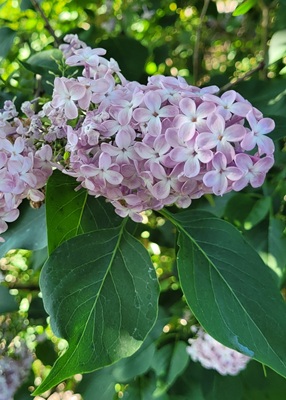Flower Properties
| Property | Value |
|---|---|
| English Name | Common Lilac |
| MainColor | Magenta |
| PlantType | |
| Growth Type | |
| Season | May |
| ImageUrl | Syringa-001 |
| Photographer | DP |
| Location | |
| Human Toxicity | Non_Toxic |
Flower Details
Description
A deciduous shrub or small tree known for its fragrant clusters of purple, pink, or white flowers in late spring. It is a traditional favourite in UK gardens, valued for its scent and ornamental beauty.
Distribution
Native to the Balkan Peninsula. Widely cultivated in the UK but not naturalised in the wild.
Medicinal/Other Uses
Traditionally, lilac flowers and leaves were used in herbal remedies for fever and malaria, though this practice is now largely obsolete.
Edibility
Flowers are edible in small amounts and sometimes used as a garnish or for infusing syrups.
Human Toxicity
enerally safe, but ingestion of large amounts of leaves or stems may cause mild stomach upset.
Pet Toxicity
Not Toxic
Active Compounds
Essential oils, phenolic compounds.
